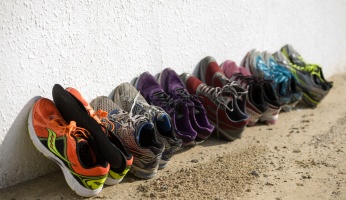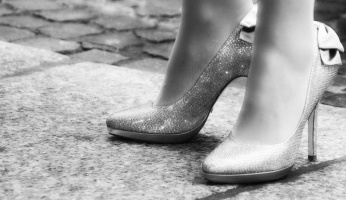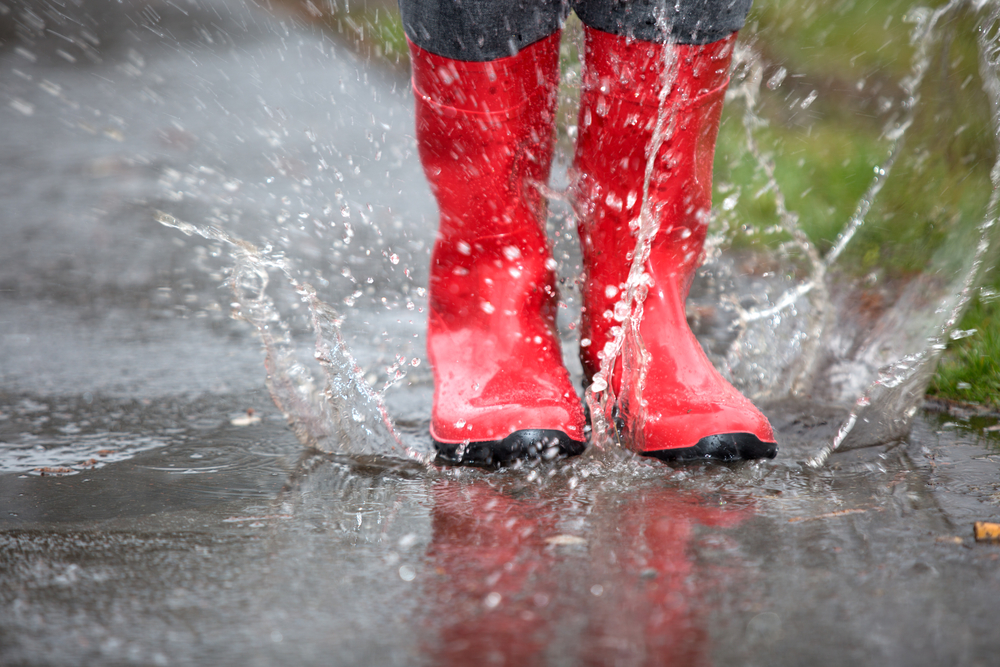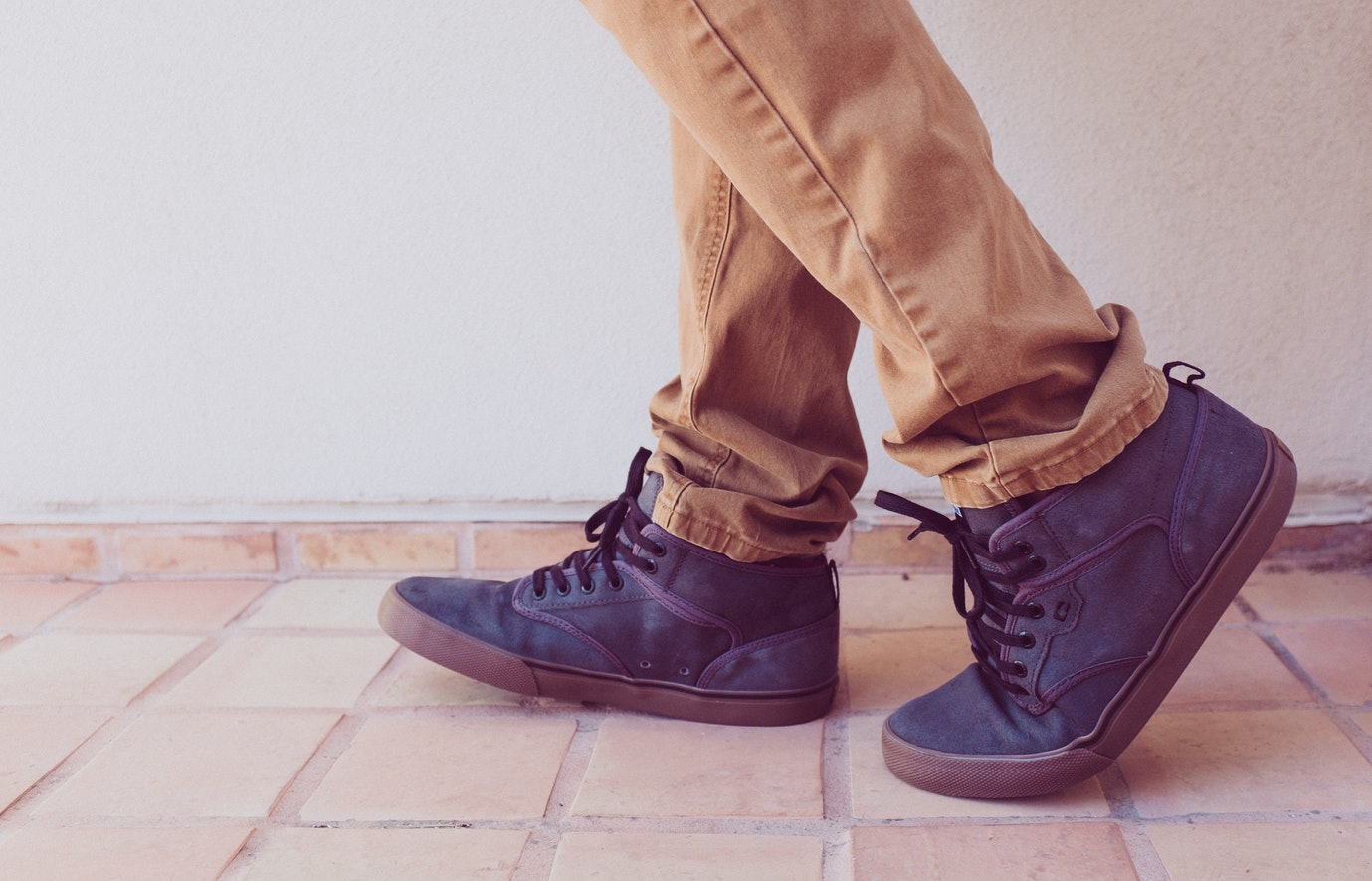What Type of Shoes to Choose for Running Indoor
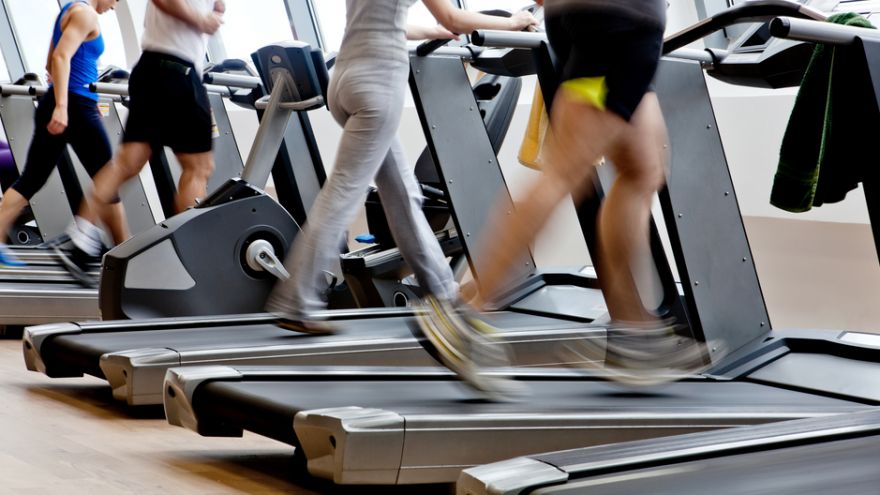 What Type of Shoes to Choose for Running Indoor www.walkjogrun.net
What Type of Shoes to Choose for Running Indoor www.walkjogrun.net Depending on where you live running indoors may be a real feature of your day-to-day fitness regime. If you live in a desert, a nice gym with a solid air conditioner is your ticket to tolerable summertime running conditions. Conversely, if you live in the north a treadmill in the garage (with a heater!) may be your solution to unforgiving elements.
Either way you will be faced with the task of finding the right pair of shoes to get your run on, and don’t kid yourself your shoes matter. Below we’ll break this process down in detail and provide some tips for finding the best shoes for running indoors.
The first thing to note is that the premise of this article is a bit of a trick question, and by trick question we mean that the answers provided could just as easily apply to running outdoors as in — the critical difference being weather conditions and consistent terrain. So when we say which is the best shoe for indoor running we are really saying which is the best shoe for running (with a few location specific tweaks).
This actually makes choosing shoes for indoors much easier, you don’t need to give as much consideration to temperature control, water proof properties or the ability to tackle all types of terrain. What do you need then?
Let’s start with some basics.
Things to consider when choosing the right footwear
Know your foot
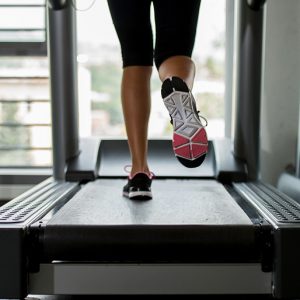 Everyone’s got the same basic equipment going with their feet — 10 toes, mid-foot bones and a heel. But beyond that the variation to people’s feet can be incredible.
Everyone’s got the same basic equipment going with their feet — 10 toes, mid-foot bones and a heel. But beyond that the variation to people’s feet can be incredible.
What works perfectly for one will be a nightmare for another.
Be aware of what little issues and characteristics your feet have and set yourself up for success. If you have flat feet, wide feet, narrow feet, plantar fasciitis or bunions these will all critically affect which shoes you should choose.
Measure often.
It is a commonly held belief that after a certain age our foot size is relatively fixed, and while this is true in a very general sense, foot size can shift well into adulthood. Being a bit passive about measuring leads to the assumptions like “I’ve always been about a 9″ — and in the end opens the door for uncomfortable shoes or the hassle of returns.
Don’t over or under pay.
This is actually great advice for life and does not only apply to shoes. It’s tempting to think you can get a steal for $19.00, more often than not this decision leads directly to disappointment. Likewise it’s also true that clever marketers can convince you that to take your running to the next level you need those $170 trainers — another path paved with disappointment. Stick to the middle ground and you’re more likely to end up happy.
With those basics taken care of let’s move on to the shoes themselves. Again we cannot ignore individual variation, here so what follows is some general guidelines and not hard rules (obviously).
Characteristics of shoes to look for
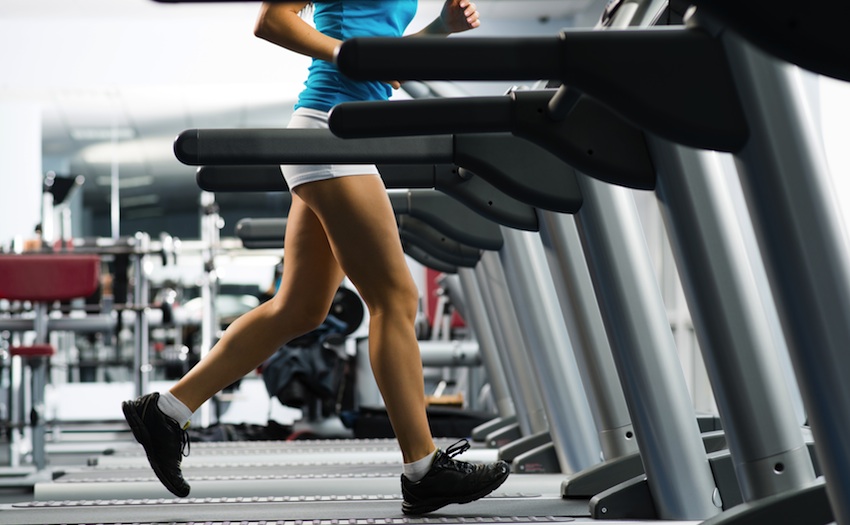
Ventilation — Given that 90% of indoor running takes place either in your home or the gym there is a chance for your feet to get a little bit stuffy. Gyms can be breezy but also (especially in winter) the air can get stagnant. This translates to your feet. You want to make sure to get a shoe with a fully breathable upper. ASICS and New Balance both have numerous options for such shoes, and this is just to name two brands.
Cushion — This bit relates quick directly back to the “know your foot section”, if your feet need to be babied you can go for a maximalist shoe. Or if your feet do better with a sleek minimalist pair of shoes you can go that route. Many treadmills are designed to have more give and be easier on your knees than payment — but that doesn’t mean there isn’t going to be the same old impact. For indoor running be sure your shoes have some cushion and shock absorption.
All around performance — Most people who run indoors mix and match their running with other exercises at the gym. Whether that is box jumps or dead lifts it is nice to have a shoe with a bit of versatility. So when you’re deciding which shoes to select for indoor running going for a pair of cross trainers with a good build for running is not a bad idea. When it comes time for those other exercises it’ll be well worth it — Saucony and Under Armor both make great shoes in this category.
Arch support –– if your indoor running escapes the bounds of a treadmill you’re more than likely to need some arch support (you would on a treadmill too). Running a stairwell or part of an indoor track necessitates that your feet get some good back up around the middle of the arches. So be sure to look for this or ask a sales associate if in any doubt the degree to which shoes you are consider support arches.
Conclusion
So, there you have it — some ideas and tips on how to choose the right shoes for indoor running. When it really comes down to it a huge amount of subjectivity is in play here. But the above should help to guide you a bit and offer food for thought if nothing else.
Our humble opinion is that indoor running should be a last resort, after all nothing beats a blast of fresh air and a runners high. Plus humans change diversity of scenery, not CNN planted 3 ft from your face. If you live in the desert consider waking really early to beat the heat, and if frigid temps are your problem bundle up and get your blood pumping! Happy running.





